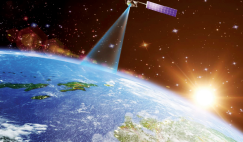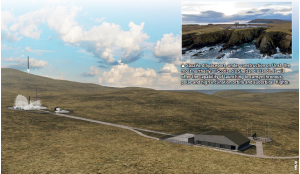The discovery of asteroid 2015 TB145 has inspired scientists to nickname the object the “Great Pumpkin,” seeing as its flyby of Earth will occur on Halloween.
Yet amongst the spooky holiday mirth, there is also the genuinely spooky issue of the “Pumpkin” having only been discovered on October 10 of this year.
Such a late discovery has already been used as evidence that we need to spend more time and resources scanning the sky for potentially dangerous objects.
Obviously, as NASA points out, asteroid 2015 TB145 is no danger to Earth whatsoever. And as NASA’s Lance Benner, head of the asteroid radar research programme, has pointed out, “Pumpkin” is "one of the best asteroids for radar imaging we'll see for several years” – a cause for much excitement in the scientific community.
But as other experts, including ROOM’s Ed Lu and Debbie Lewis have pointed out – we must work out new approaches for dealing with the asteroid threat. Whether it’s better-positioned telescopes or innovative logistical approaches to dealing with an actual impact scenario, the space community in particular and humanity as a whole can’t afford to ignore the fact that one day, a foreign body could pose an existential threat to life on this planet.
It has happened before, it will happen again, and our inability to spot an object as large as “Pumpkin” until a few weeks before its approach should give us pause.











